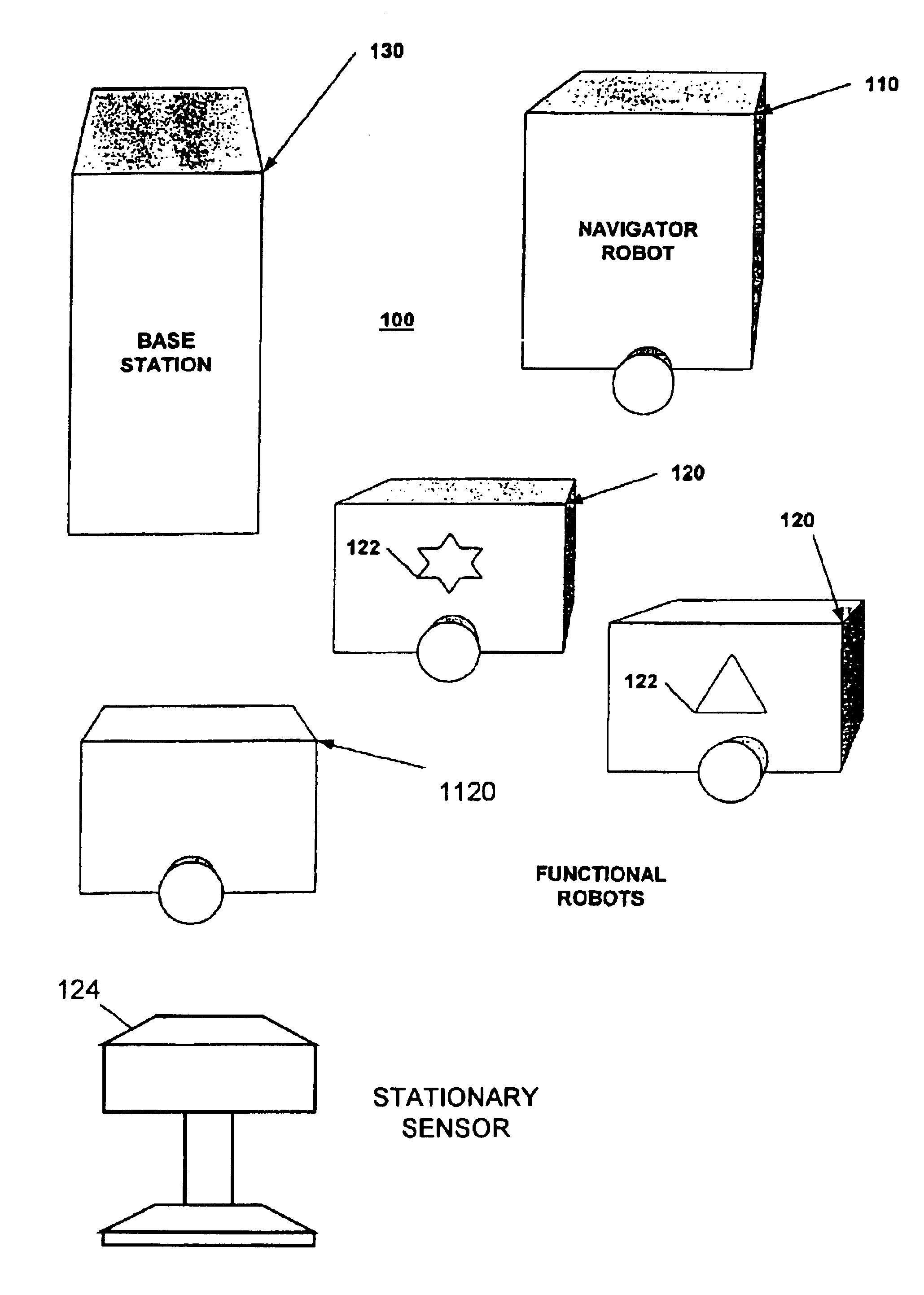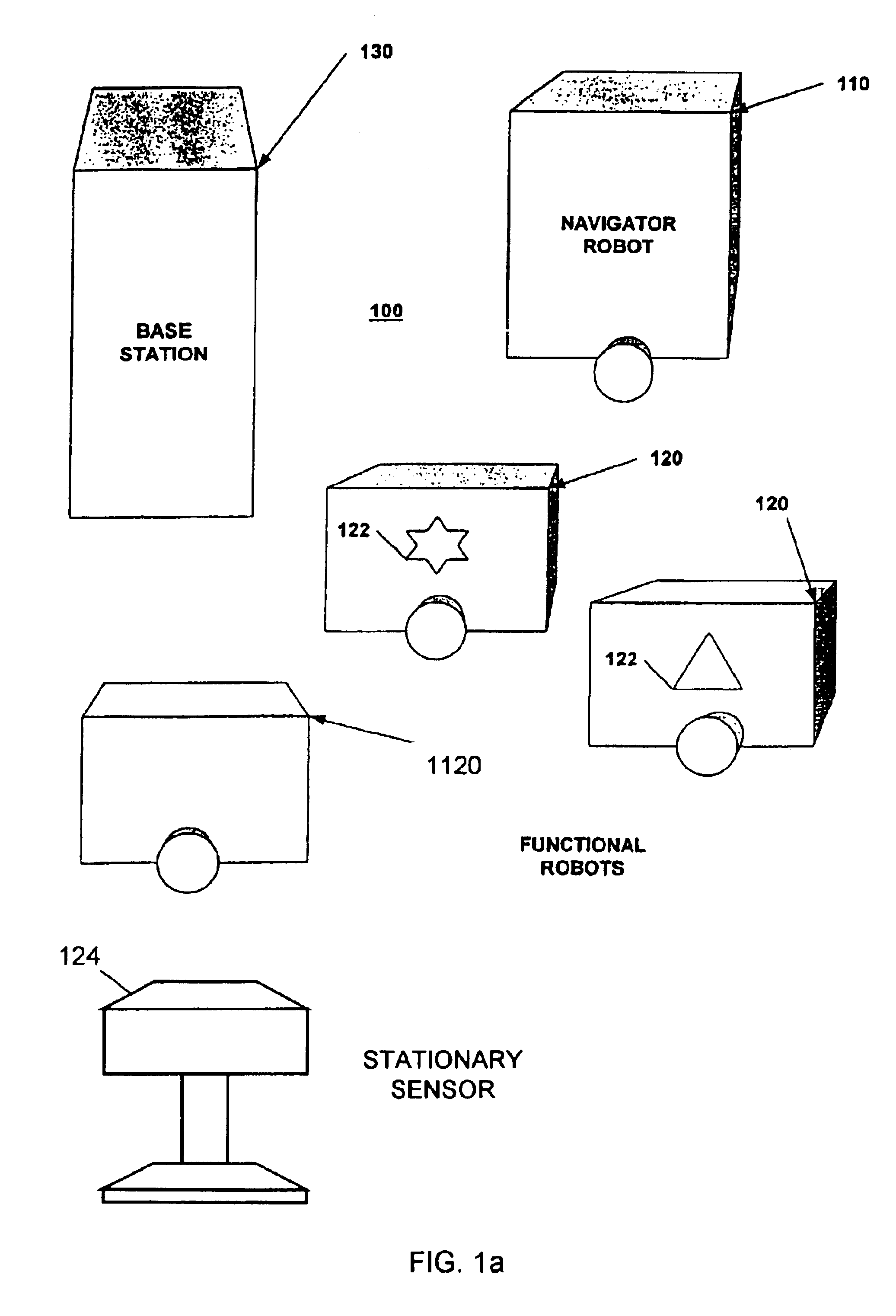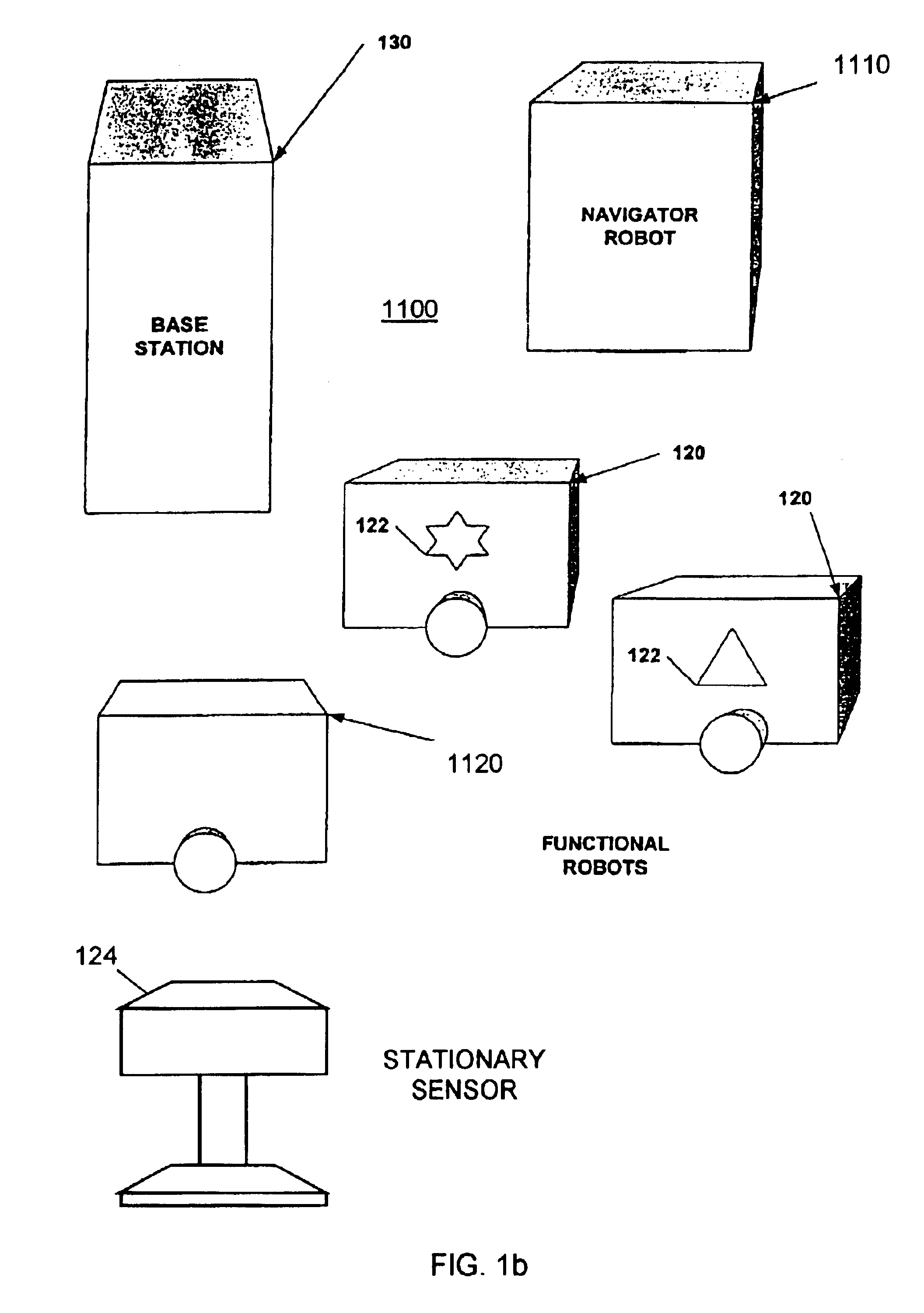Autonomous multi-platform robotic system
a robotic system and multi-platform technology, applied in the field of mobile robot systems, can solve the problems of limited economic benefits provided by non-autonomous robots, inability to autonomously navigate, and most mobile robots are non-autonomous, so as to improve the sensing of the environment, improve the sense of environment, and improve the accuracy and cost
- Summary
- Abstract
- Description
- Claims
- Application Information
AI Technical Summary
Benefits of technology
Problems solved by technology
Method used
Image
Examples
Embodiment Construction
While the invention is described in conjunction with the accompanying drawings, the drawings are for purposes of illustrating exemplary embodiments of the invention and are not to be construed as limiting the invention to such embodiments. It is understood that the invention may take form in various components and arrangement of components and in various steps and arrangement of steps beyond those provided in the drawings and associated description. Within the drawings, like reference numerals denote like elements and similar reference numerals denote similar elements.
FIG. 1a is a block diagram of an autonomous multi-platform robot system 100 in one embodiment of the invention. System 100 includes one or more mobile navigator platforms 110, one or more functional robot platforms 120, 1120, one or more stationary sensor platforms 124, and (optionally) one or more a base stations 130. The functional robot platforms 120, 1120 may include functional robot platforms with sensors 1120 and...
PUM
 Login to View More
Login to View More Abstract
Description
Claims
Application Information
 Login to View More
Login to View More - R&D
- Intellectual Property
- Life Sciences
- Materials
- Tech Scout
- Unparalleled Data Quality
- Higher Quality Content
- 60% Fewer Hallucinations
Browse by: Latest US Patents, China's latest patents, Technical Efficacy Thesaurus, Application Domain, Technology Topic, Popular Technical Reports.
© 2025 PatSnap. All rights reserved.Legal|Privacy policy|Modern Slavery Act Transparency Statement|Sitemap|About US| Contact US: help@patsnap.com



